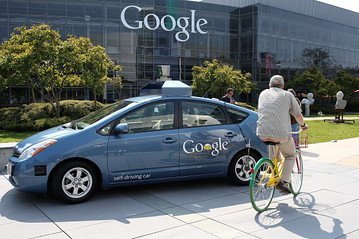Self-Driving Cars: Will They Shrink Your Insurance Bill?

So far, Nevada, California and Florida have passed legislation laying out the early rules for cars that don’t always have a driver in control. Legislators have gone the furthest in Nevada, where the state’s motor vehicle agency laid out rules for testing the automobiles on highways.
Law Blog talked to Bob Hartwig, economist and president of the Insurance Information Institute, a trade association, for insight on how the technology might affect consumers’ insurance bill.
The answer, it turns out, isn’t all that complicated. The cost of auto insurance, he says, is a function of two things: the frequency of car accidents and their expense.
If the technology succeeds in reducing both, then consumers should see that reflected in the form of lower insurance costs. “If it reduces the total cost associated with motor vehicle accidents, … then yes the cost will go down,” he says.
But making that determination is another matter, he says, and will require years of study of the technology and number-crunching by the insurers. “We’re on the first page of the first chapter here.”
Currently, drivers are able to get discounts on their insurance for buying cars with technologies that improve safety – and this has always been true, says Mr. Hartwig.
Nouvelles connexes


